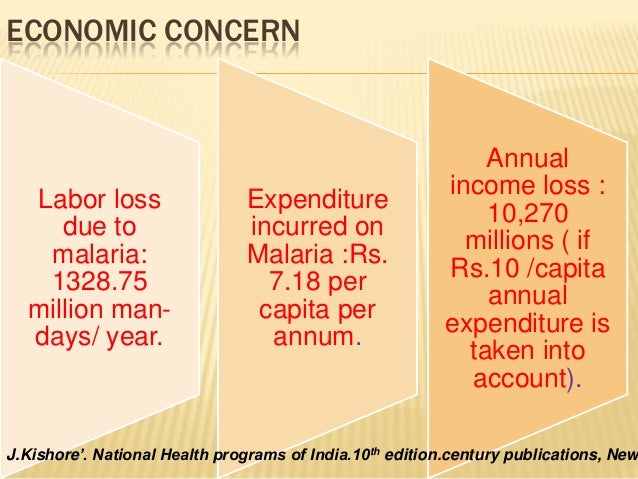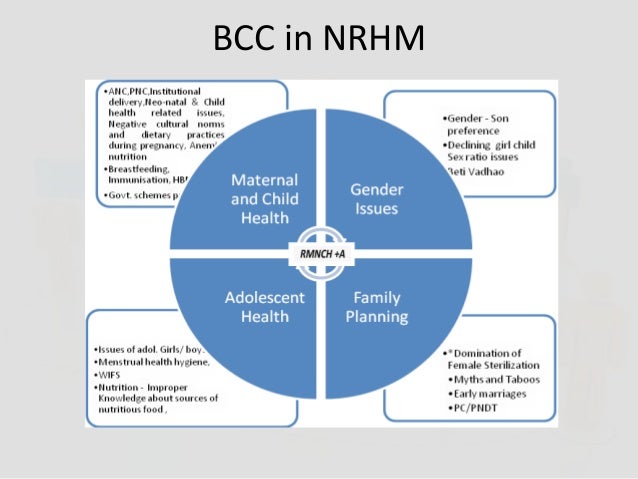National Health Programs Of India J Kishore Mahbubani
Kishore Mahbubani Articles By Kishore Mahbubani The Straits Times, Jan 28, 2005 Newsweek, Inc, Jan 2005 Issue Time Asia, Thursday, Nov. 04, 2004 AsiaViews, Edition: April 12, 2004 Carngie Council on Ethics and International Affairs, Mar/April 2002 The Straits Times (Singapore), Aug 9, 2001 Earth Times, Jan 15, 2001 AsiaWeek, Dec 31, 1999 - Jan 7, 2000 Vol.
Asia’s Giants Under New Management. Apr 21, 2014 Kishore Mahbubani. Project Syndicate has asked its contributors what they’ve been reading. The inaugural World Health Summit Regional Meeting. — Asia (WHSRMA). The National University of Singapore (NUS), MOH. Kishore Mahbubani. Yeoh Khay Guan. Tikki Pang (Pangestu).

52 About Kishore Mahbubani By Eileen Daspin, The Asian Wall Street Journal, Dec 4, 2003 Financial Times, Aug 7, 1999 Time, Jul 12, 1999. By Toh Han Shih, Business Times Singapore, Mar 16, 1999 Far Eastern Economic Review, Sept 17, 1998 By T.R. Reid, The Washington Post, Nov 19 1995 The Economist, April 22, 1995. Following Singapore's lead on the road of development Earth Times January 15, 2001 By KISHORE MAHBUBANI WHEN Singapore gained independence in 1965, its leaders cried rather than cheered. The idea that a small island city-state of two million people with no hinterland could survive in what was then a difficult and troubled region seemed manifestly absurd.
The odds were always against Singapore succeeding. The remarkable thing is not only that it has succeeded against the odds; rather, it is that the country has actually become one of the most successful developing nations in the world. Beating the odds is now a challenge not just for small, vulnerable states like Singapore but also for our planet.

As we begin the 21st Century, a growing concern in many minds around the globe is that we live on an overpopulated and ecologically threatened planet. In 100 years, the Earth's population has more than trebled from 1.6 billion in 1900 to 6 billion in 2000, creating a global average of about 91 persons per square mile (35 per square kilometer). Bangladesh, a modern metaphor for overpopulation, has more than 2200 persons per square smile (855 per square kilometer). However, the most crowded country in the world is Singapore, with more than 15,200 persons per square mile (5900 per square kilometer). Singapore's success story is now relatively well known, despite the regular knocks it receives from some liberal Western media. Exile Flower Song Download Mp3.
But because some of these knocks have been globally transmitted, few have come to understand that behind the success story is an even more interesting story of innovative social and economic solutions that have led to the success story. These innovative solutions may be worth a study for those striving to bridge the growing divide in an increasingly troubled planet.
The economic success of Singapore is well known. Its economy has grown by more than 7 percent per annum since independence in 1965, leading to a per-capita income of $29,610, ranking ninth in the world. Some maintain that Singapore has the most efficient port, airport, airline and civil service in the world.
It also has the third largest oil refining capability and one of the largest financial centers. Its total trade is three times the size of its GNP. The policy prescriptions created to achieve this were relatively simple: sustain a free and open economy, avoid any subsidy, welcome foreign investment and aim for budgetary surpluses. The values of hard work and thrift, and the virtues of increasing worker productivity were always emphasized.
Hidden behind this economic story, however, is another story that is surprisingly little known. Societies should be judged ultimately on their ability to deliver to their citizens most of their human needs: food, shelter, health, education, a clean environment, a sense of community and a sense of purpose in life. It is on these dimensions that Singapore could perhaps provide recipes for a crowded planet. Hitherto, little has been written about Singapore's recipes. But the second volume of Lee Kuan Yew's memoirs, titled 'From Third World to First,' provides a rare first hand insight into how these policies were forged. The socio-economic policies of Singapore are difficult to characterize.
They fit neither the capitalist nor the socialist paradigm. Instead, a healthy pragmatic spirit and an openness to innovation and experience characterize the approach of the government. Food is cheap and plentiful because imports are encouraged from all over the world.
Singapore produces none at home, but the average worker can buy lunch for two to three US dollars. Shelter is also plentiful; 90 percent of the population lives in high-rise public housing that occupies only one-sixth of the island. The average dwelling space per family is above the global average. Virtually all Singaporeans live in homes they own because of a compulsory savings program, the Central Provident Fund (CPF). A worker earning $1,000 a month (and many do earn this much) would save at least $400 every month: $200 from his salary and $200 from a matching employer's contribution. Their investment in housing has paid off because the average flat has trebled in value over the past 10 years.
The CPF scheme also enables most Singaporeans to save for medical expenses. The health system has moved away from full government subsidy to increasing co payment. However, no one who needs medical treatment is denied it, because of three-tier protection: personal savings through Medisave, a governmental low-cost insurance scheme through Medishield, and government assistance through Medifund.
The population has become healthier every year. Infant mortality rates have fallen from 26.3 per 1,000 live births in 1965 to 3.2 per 1,000 today. Life expectancy is rising. Education is neither totally free nor compulsory, but today 90 percent of each age cohort will complete at least 10 years of education; 20 percent will complete university; 40 percent will complete polytechnic training, and 30 percent will complete vocational training. Early educational streaming ensures that the different talents are recognized and developed from an early age.
The story on the environment front is also worth studying. Long before the Green movement surfaced, the then Prime Minister, Lee Kuan Yew, said: 'I have always believed that a blighted urban landscape, a concrete jungle, destroys the human spirit. We need the greenery of nature to lift our spirits. With careful land planning, only 49 percent of the island is used for residential, commercial and industrial purposes.
Hence, half the island consists of forest reserves, water catchment areas, marshes and other non-built-up areas. It is a green island, even though the World Bank classifies the population as 'one hundred percent urbanized.'
Curiously, there is more biodiversity in Singapore than in all of the United States. From the early days, Singapore recognized the threat posed by cars. Hence, both ownership and use of cars are severely taxed. To buy a car, one has to first buy a piece of paper--a Certificate of Entitlement (COE). A limited number of COEs are auctioned every month, to control car population growth. Today an average COE costs $30,000. Including taxes, a Mercedes-Benz now costs more than $150,000.
In 1998 an Electronic Road Pricing Scheme (ERPS) was launched to control car use and manage traffic congestion. This penalization of car transport is balanced by the provision of efficient subway and bus services, which, surprisingly, are not subsidized.
Bus companies make money because the word 'subsidy' is virtually taboo in Singapore. This careful attention to meeting the physical and material needs of the population is matched by equal care and concern for the people's social and spiritual needs. In this, however, Singapore has consciously moved away from the welfare-state prescriptions of OECD societies. There are no homeless, destitute or starving people in Singapore. Poverty has been eradicated, not through an entitlements program (there are virtually none) but through a unique partnership between the government, corporate citizens, self-help groups and voluntary initiatives. The state acts as the catalyst--matching financial support, sponsoring preventive and social care, and ensuring that basic needs are provided for. Driver Android Usb here. Remarkably, the poorest 5 percent of households have about the same levels of ownership of homes, television sets, refrigerators, telephones, washing machines and video recorders as the national average.
Perhaps this, combined with the tough law-and-order regime, explains why Singapore has one of the lowest crime rates in the world. Singaporean society emphasizes the importance of the family. Government policies are skewed in favor of encouraging extended families to live in the same neighborhood. These policies also encourage families to care for their own elderly. The traditional Asian emphasis on clan and kinship provides a valuable social glue, even as society modernizes and develops. An equally strong emphasis is placed on multi-racial harmony, given the experience with racial riots before independence.
The government publishes notices in the four official languages (Mandarin, Malay, Tamil and English). Every Singaporean child has to be bilingual, and there is no ethnic discrimination in school or in the civil service. To avoid the evolution of racial ghettoes in public housing, all housing projects are required to have a certain percentage of minority population. Citizen and community groups are encouraged to be multi-racial.
Every constituency is also provided with a community center open to all citizens. A dense network of citizen consultative groups enables citizens to participate in managing the affairs of their community. Singapore is not a perfect society. Nor is it a paradise. Affluence has created bad social habits: excessive consumption and waste generation. According to the United Nations Environment Programme (UNEP), Singaporeans generate 2.4 pounds (1.1 kilograms) of domestic waste per person per day, compared with Germany's 2.0 pounds (0.9 kilogram). Littering lingers as a bad habit.
Singapore is also not spared from the social problems of modern cities--drug abuse, juvenile delinquency, vandalism and teenage crime--even though the deterrents are severe. The struggle for survival and social improvement will be an eternal one for Singapore. But the few successes that the country has had may carry a message of hope. If the rest of the world could agree to accept the living conditions of Singaporeans, then the six billion people of our planet may need only an area the size of South Africa to live in. Somehow, this possibility does suggest that the problems of our planet may be manageable and the divide may yet be bridged. Kishore Mahbubani is Singapore's Permanent Representative to the United Nations and is currently President of the UN Security Council.